NASA Astronaut About To Take Off Once More Following Catastrophic Aborted Launch
Viswamitra Jayavant - Mar 25, 2019
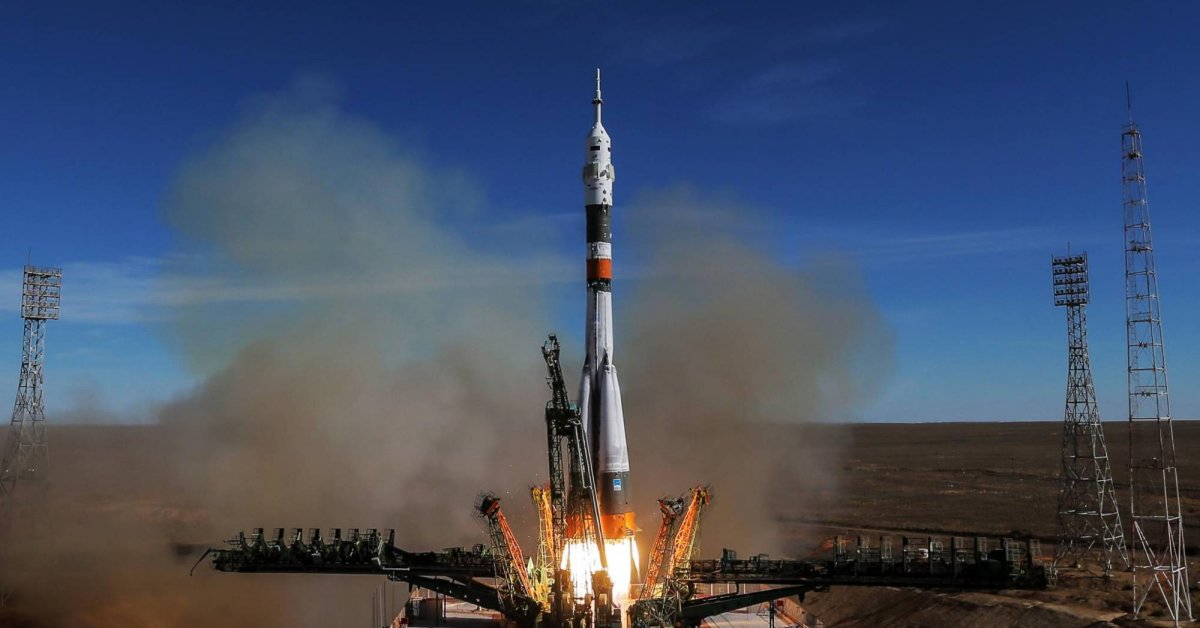
If all goes well for the U.S., 2019 will be the last year Americans will go to space on a Russian vehicle.
- Russia Will Build A Lunar Space Station With China Because It's Done With NASA
- NASA Reveals 20 Most Stunning Earth Images Taken From The ISS
- Indian-Origin NASA Researcher Discovers Jupiter Moon Europa Glows In The Dark
For astronaut Nick Hague and his Russian colleague Alexey Ovchinin, one of the worst thing they had faced during a launch happened to them just five months ago. In a planned flight to the International Space Station (ISS), the rocket they were on malfunctioned and the emergency system saved their lives by violently kicking them clear of the rocket. Fortunately, the nightmare scenario had a good ending, still, it was the testament as to how quick catastrophe could happen in a career such as theirs.

But unlike most of us, who probably would never want to get inside a rocket for the rest of our lives if we were to be in their shoes. The pair is about to reach out for space once again.
The Accident
October 11, 2018, Nick Hague and Alexey Ovchinin tumbled through the atmosphere in an uncontrolled “ballistic descent” back to Earth after the Soyuz rocket didn't manage to carry them to space. The first stage of the rocket did not separate properly. Sensing the abnormality, Soyuz’s automated launch escape system activated an escape motor to shoot the crew capsule out of immediate danger.
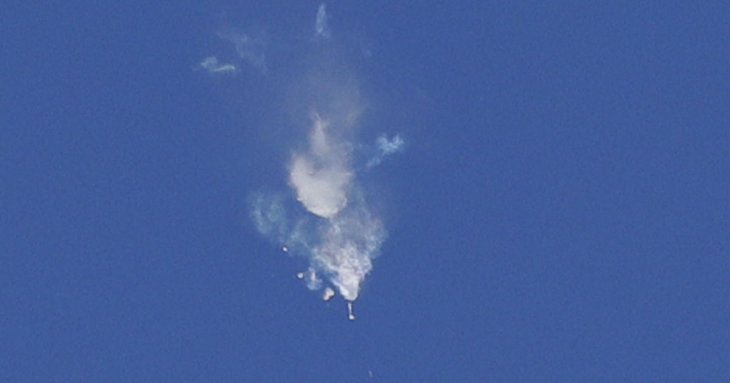
Hague, following his safe descent, described the manoeuvre as: “fairly aggressive but fleeting.”
American - Russian Space Politics
Ever since NASA put an end to the Space Shuttle programme in 2011, Soyuz has been now the only vehicle capable of sending astronauts to space. That is the reason why despite the rivalry between the two countries, in order to keep American’s presence in space NASA had to reserve seats on Russian launches for millions.
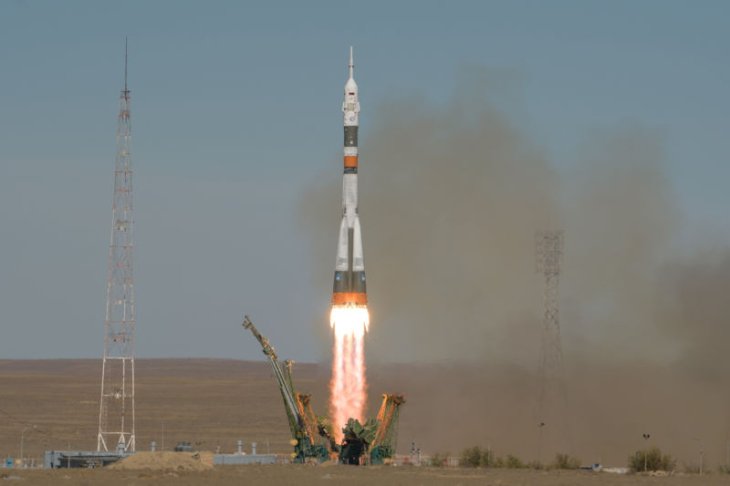
That has been the state of American’s space programme affair for the last half a decade, but that will soon change. Boeing’s CST-100 Starliner programme and SpaceX’s ambitious Crew Dragon project are both set to launch this year. The Crew Dragon has made its maiden flight on Friday while SpaceX's crewed flight to the ISS for the first time is expected to occur in July. Boeing’s crew is also catching up to the competition, set to take off some time soon.
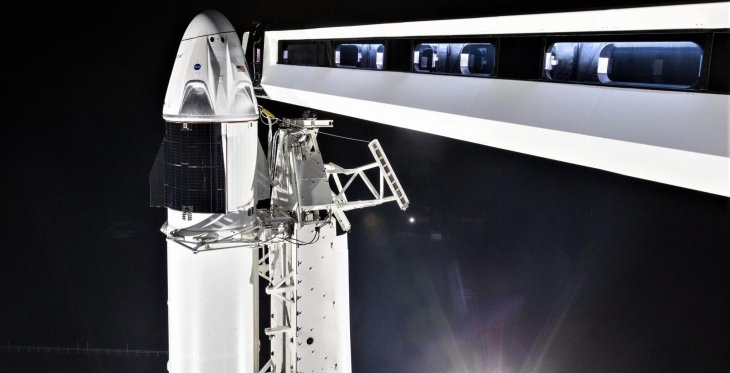
If all goes well for the U.S., 2019 will be the last year Americans will go to space on a Russian vehicle.
New Launch Date
A brief investigation was started following the malfunction on December 3rd, and Soyuz is slated once more for launch. Now, Hague and Ovchinin, along with an addition being NASA’s Christina Koch will take another shot for space on Thursday, March 14 on the Soyuz.
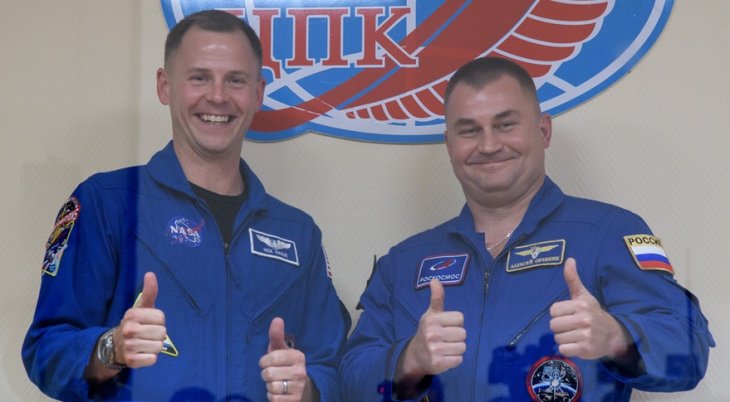
The launch is scheduled to take place at precisely 12:14 P.M. PT from the Baikonur Cosmodrome in Kazakhstan. The journey to the ISS will take approximately six hours.
Talking about how he felt following the accident, Ovchinin said during an interview: ”After the most recent launch that wasn't very successful we have talked to psychologists,”
"We had some chat sessions and as far as I understand, all of us were relieved that we were fine. I believe this time we'll succeed.” He continued.
The launch will be streamed live on NASA TV as well as NASA’s official YouTube channel on the launch date of March 14. Coverage will start at 11 A.M. PT of the hatch opening and the welcoming ceremony of the crew members is set for 7:30 P.M. PT.
Featured Stories

Features - Jul 01, 2025
What Are The Fastest Passenger Vehicles Ever Created?

Features - Jun 25, 2025
Japan Hydrogen Breakthrough: Scientists Crack the Clean Energy Code with...

ICT News - Jun 25, 2025
AI Intimidation Tactics: CEOs Turn Flawed Technology Into Employee Fear Machine

Review - Jun 25, 2025
Windows 11 Problems: Is Microsoft's "Best" OS Actually Getting Worse?

Features - Jun 22, 2025
Telegram Founder Pavel Durov Plans to Split $14 Billion Fortune Among 106 Children

ICT News - Jun 22, 2025
Neuralink Telepathy Chip Enables Quadriplegic Rob Greiner to Control Games with...

Features - Jun 21, 2025
This Over $100 Bottle Has Nothing But Fresh Air Inside

Features - Jun 18, 2025
Best Mobile VPN Apps for Gaming 2025: Complete Guide

Features - Jun 18, 2025
A Math Formula Tells Us How Long Everything Will Live

Features - Jun 16, 2025
Comments
Sort by Newest | Popular